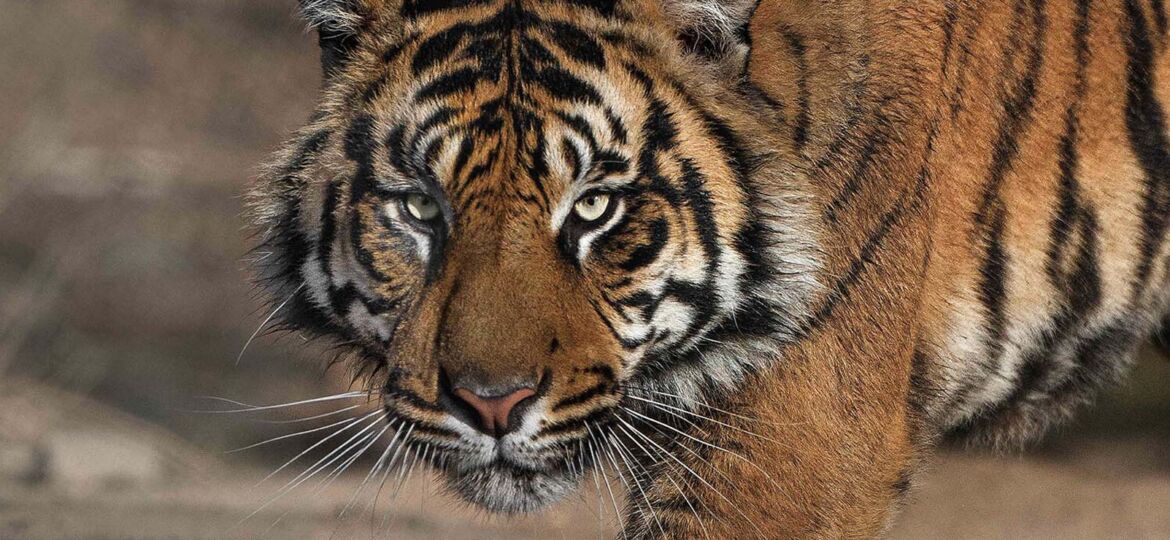
WHY THIS MATTERS IN BRIEF
- Species are going extinct today 10,000 times faster than ever before, and conservationists are getting increasingly serious about turning the clock back and bringing species back from the dead
Caspian tigers were some of the largest cats ever to roam the Earth, weighing in at over 240kg, and they used to occupy almost a million square kilometers of Russian territory – mostly within isolated patches of Tugay forest and reed dominated ecosystems but they went extinct in the 1960s.
Now, scientists at the World Wildlife Fund (WWF) have taken notice of this species and want to bring them back and they’ve published a paper in the journal Biological Conservation laying out their plans, and it’s not the first time that scientists have proposed bringing back species from the dead.
“Caspian and Siberian tigers are one in the same,” said Carlos Driscoll, WWF Chair in Conservation Genetics at the Wildlife Institute of India, “the tigers are too closely related to be a separate subspecies.”
Even with the use of a slightly different animal, they envision the tigers evolving into the same, or a similar, species over time and they believe that Siberian tigers – which currently live in Russia’s birch forests – could adapt well to the conditions of the sites they’ve chosen in Central Asia.
During their prime, Caspian tigers could be found in Turkey and through much of Central Asia, including Iran, Iraq and northwest China but they went extinct because of hunting, habitat loss, and food shortages which decimated their populations.
The team chose a new 7,000 square kilometer site for the tigers by the Ili River delta and adjacent southern coast of Balkhash Lake, which snakes through northwestern China and southeastern Kazakhstan, based primarily on how many people lived the the area and the availability of food where wild boar, Bukhara deer, and roe deer would be the tigers’ main source of prey. However, the team also recommends that these respective populations would also need to be brought up to “sustainable” levels, which could take more than a decade by itself, in order to sustain around two to three tigers per 100 square kilometers.
“It is vital to restore wild game populations in the area… and that alone could take five to 15 years,” said Mikhail Paltsyn, conservationist and doctoral candidate at the State University of New York’s College of Environmental Science and Forestry.
The paper suggests that if about 40 tigers are introduced, there could be 100 of them walking around in 50 years time, and while this doesn’t sound like a huge number, when you consider that there are only about 500 Siberian tigers left in the wild, it could be an important addition. Paltsyn also said that they’d have to make sure that people and tigers can live alongside each other.
The survival of this tiger species is a race against the clock. Macrofauna are reaching critically low numbers, with even cheetah moving down the IUCN red list of threatened species from ‘vulnerable’ to ‘endangered.’ It is estimated that the animals lost are 1,00 to 10,000 times the average extinction rate, with dozens of species going extinct every single day.
So why would it matter for us to bring back one tiger species when so many other species are critically endangered and facing extinction? One might wonder what conservation efforts are most important, rather than trying to turn back time for a tiger that met its demise decades ago.
But there is hope. A partnership between the government of Kazakhstan and WWF devised a conservation project for the tigers, and it’s not purposed for their survival alone. A national park would be created, natural woodland habitat revived, and a resulting increase of flora and fauna.
Researchers are hopeful that the tigers’ reintroduction would provide conservation framework for many other species in the future. And there is no better time than now.
















